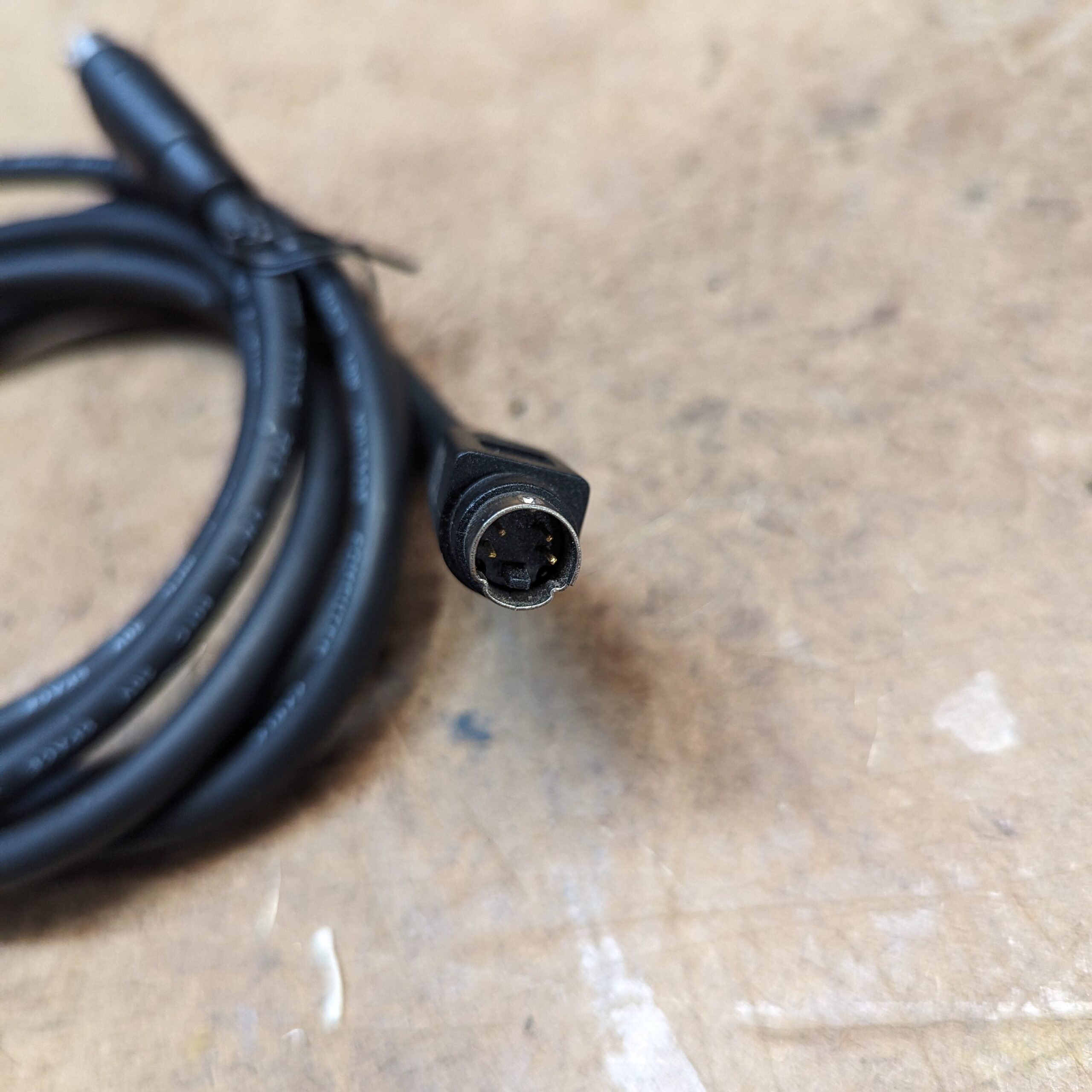Greg Warner
The tangled mess of RCA cables behind your old TV might have held a hidden champion – S-Video. Long before the sleek simplicity of HDMI, S-Video offered a significant leap forward in picture quality for discerning home theater enthusiasts. Let’s delve into the world of S-Video, exploring its rise as an improvement over composite video, its eventual decline, and the legacy it left behind.

Separating the Signal for a Brighter Picture
Unlike composite video, which crammed all the visual information into a single cable, S-Video (short for Separate Video) took a different approach. It separated the video signal into two channels:
- Luminance (Y): This channel carried the brightness information of the picture, including synchronization pulses.
- Chrominance (C): This channel carried the color information of the picture.
This separation offered several advantages:
- Reduced Interference: By keeping the brightness and color information separate, S-Video was less susceptible to interference compared to composite video. This meant a cleaner picture with fewer visual artifacts like ghosting and color bleeding.
- Sharper Image: Separating the signals allowed for a more accurate representation of the picture’s details, especially in areas with fine lines or patterns.
- Improved Color Fidelity: S-Video delivered more accurate and vibrant colors compared to composite. The separation of the chroma signal minimized the color bleeding that could occur with composite.
A Champion Emerges in the Home Theater
S-Video emerged in the late 1980s as a significant leap forward in picture quality compared to the limitations of composite video. It became a popular choice for connecting high-end VCRs, early DVD players, and some camcorders to TVs. During the golden age of home theaters, S-Video was a key player in delivering a noticeably better viewing experience. It offered a significant improvement over composite video, especially noticeable on larger screens that were becoming increasingly common.
The End of an Era: The Rise of Component Video and HDMI
However, the reign of S-Video wasn’t meant to last. The arrival of component video in the 1990s offered even better picture quality by separating the video signal into three dedicated cables. This further improved detail, color accuracy, and overall image fidelity.
While component video provided a significant upgrade, it was ultimately HDMI (High-Definition Multimedia Interface) that marked the end of the line for S-Video. Debuting in the early 2000s, HDMI offered a game-changer – a single cable solution for both digital audio and video, capable of handling high-definition resolutions. This convenience, coupled with the increasing popularity of HDTVs, led to the decline of both S-Video and component video.
A Legacy of Improved Quality
Today, you’ll find S-Video ports mainly on older devices. While not the cutting edge of technology anymore, S-Video cables can still be a valuable asset for those with collections of DVDs or VHS tapes. Compared to composite video, S-Video can provide a noticeable improvement in picture quality, allowing you to enjoy those classic movies and shows in a slightly better light.
So, the next time you come across a dusty S-Video cable, remember its role in the evolution of home entertainment. It was a bridge between the limitations of composite video and the dawn of the high-definition era.
